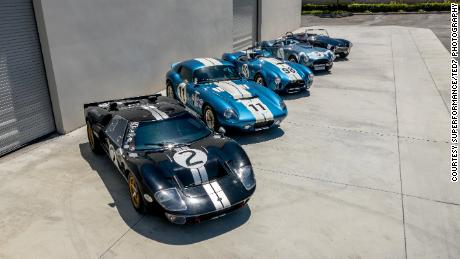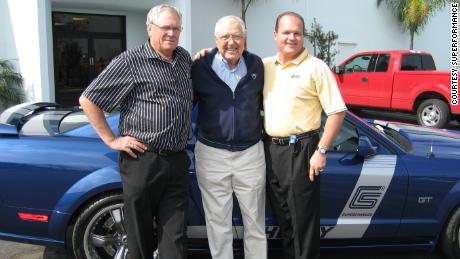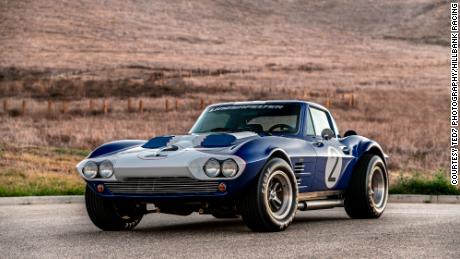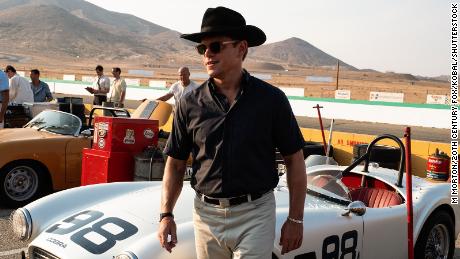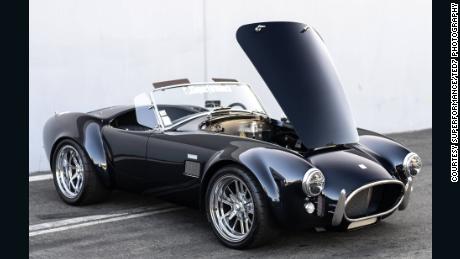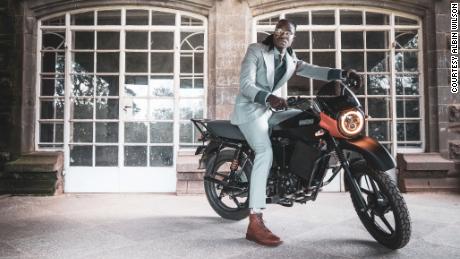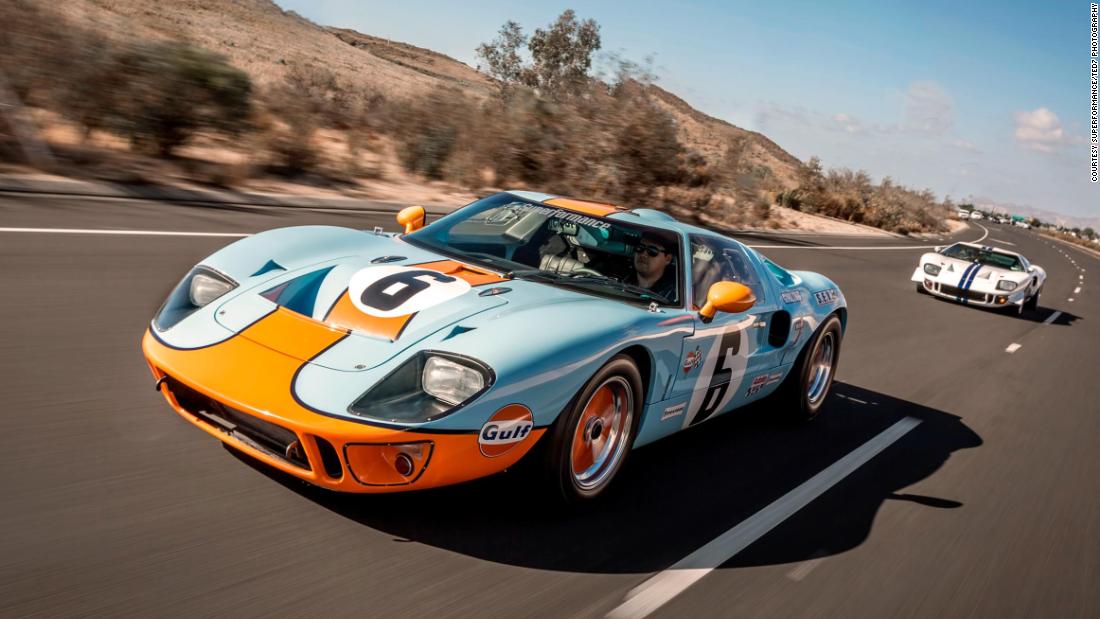
The 76-year-old South African has spent decades scouring archives for blueprints and sketching from behind the steering wheel, and has been known to travel halfway around the world in search of an original part or mold. Sourcing components can take years, but he usually gets what he wants. That’s why the replica cars his company Hi-Tech Automotive manufactures are some of the most coveted in the world — and their stories all start on the African continent.
A former civil engineer and long-time car enthusiast, Price started out building replicas of the Shelby Cobra in the mid 1980s (“the most replicated car, then and now,” he says) and broke into the American market in the mid-90s via US distributor Superformance, which he established.
“There was no one doing a complete car,” Price recalls. The search for parts for a car that was last manufactured in the 1960s involved plenty of reading, plus visits to British Cobra manufacturer AC Cars and suppliers that had long halted production. He tells stories of a series of wild goose chases and coincidences that led to all the components finally coming together.
In 1995 the company shipped 35 Cobras. By 2000 it was shipping 450 units a year, with staff headcount rising from 20 to 650. The global recession in the late aughts severely impacted Hi-Tech’s business, with orders shrinking significantly and forcing layoffs. Today, its headcount is back up to around 300, says the owner, manufacturing Cobras, GT40s, Shelby Daytona Coupes and 1963 Chevrolet Corvette Grand Sports.
Price explains that Hi-Tech does not technically build cars. Instead, it creates bodies and chassis for bespoke classics that have the original manufacturers’ seal of approval. They’re dubbed a “roller” or “turnkey minus”: everything you’d expect in a car, minus the engine and transmission. In the US, Hi-Tech’s largest market, a car without these constitutes an “assemblage of parts” in the eyes of the law, which makes importing one more straightforward. Once imported and sold by dealerships, customers arrange for the engine and transmission to be installed by third parties or themselves.
Donald Osborne, classic car historian, automotive appraiser and CEO of auto experience provider the Audrain Group, describes Hi-Tech’s output as “extremely good” and built in a fashion “considered to be in the artisan tradition.”
“Hi-Tech is also respectful of the design and proportion of the original, something which cannot be said for many replica car builders,” he adds.
Due to licensing agreements with Shelby, General Motors and the trademark owner of the GT40, many replicas crafted by Hi-Tech are considered “continuation cars” — an extension of the manufacturer’s original production run.
As a result, they don’t come cheap. Lance Stander, who bought Superformance from Price in 2004, says the most expensive models it offers are the aluminum Cobra and Daytona, priced around $500,000, followed by the GT40 1075 replica, which ranges from $400,000-450,000.
That is in part is due to demand. Business was given a boost by the high-profile appearance of Hi-Tech-built GT40s, Cobras and Daytona Coupes in 2019 film “Ford vs Ferrari,” which told the story of Carroll Shelby and driver Ken Miles’ triumph at Le Mans in 1966.
Orders have also risen in line with the Covid-19 pandemic, says Price. “At the moment we’re booked up for a year here,” he says. “It’s the first time (that’s happened in) the last 15 years.”
Replica cars find a new gear
Now, after a long and productive run, a long-mooted law is set to revolutionize the industry — and what was once old is about to become new again.
Under the LVM, cars must meet certain emission standards, which perhaps explains why Superformance plans to create electric versions of all its cars. Some Superformance owners have already gone down this route, including an electric Cobra MKIII R (“the fastest car I’ve ever driven 0-100 [kmph],” says Stander).
Osborne cautions that while electrification makes sense for certain classic cars with a smooth ride — a Rolls-Royce, for example — for others, removing the engine and with it its sound, smell and vibrations, “denies much of the pleasure to be found in them and the reason they were built in the first place.”
The latest chapter in Hi-Tech’s story could soon feature less of its founder, however. Price’s sons now manage the day-to-day of the workshop, and even though he says he “could never sit at home,” after close to 30 years, Price plans on easing back on duties.
“Jim is the modern-day Carroll Shelby,” says Stander, noting that Hi-Tech has manufactured over 6,500 Cobras, far outstripping the number Carroll Shelby ever made.
“(Price) is a remarkable, amazing man,” Stander adds. “People are only going to realize even more in the future.”
